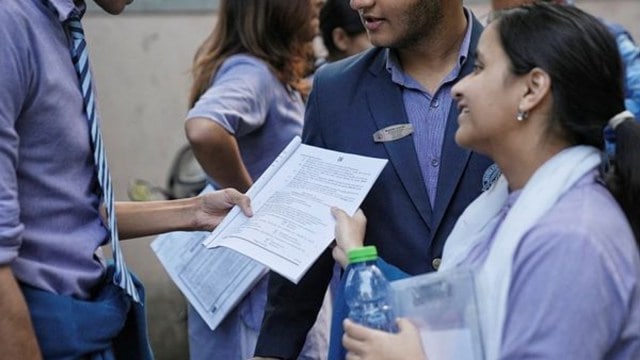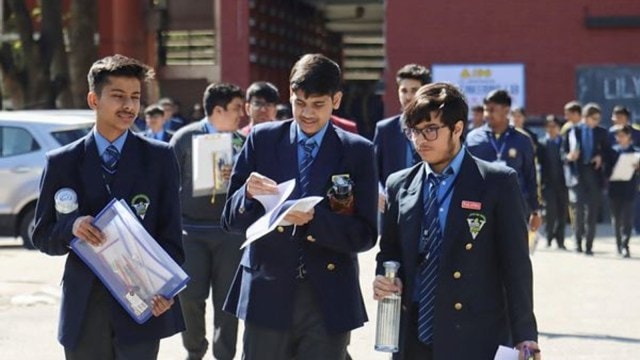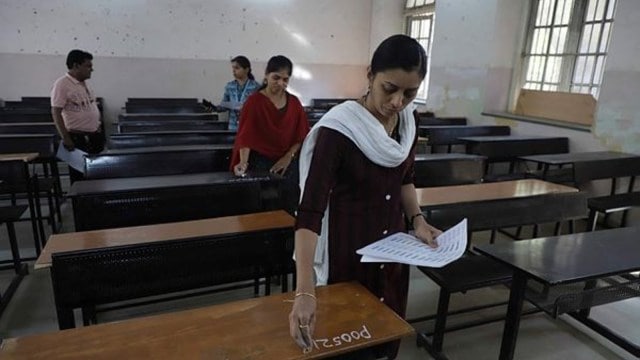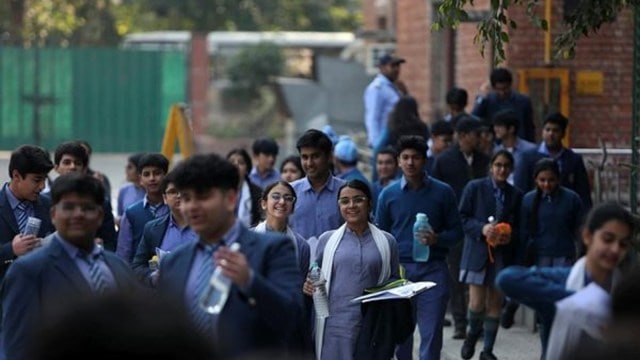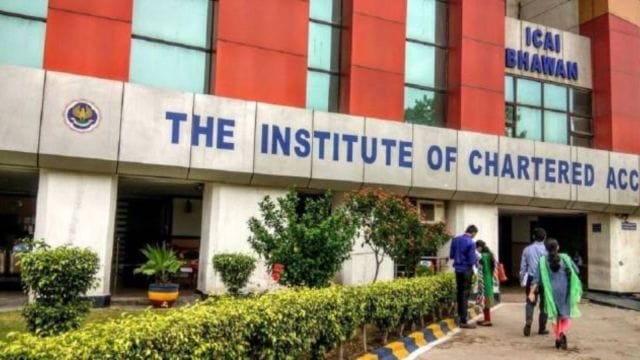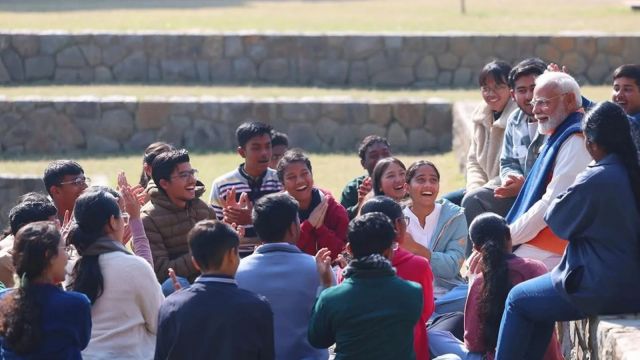
UPSC Essentials | Daily subject-wise quiz : Science and Technology MCQs on ‘Rocket Boys’, moon and more (Week 85)Subscriber Only
UPSC Essentials brings to you its initiative of subject-wise quizzes. These quizzes are designed to help you revise some of the most important topics from the static part of the syllabus. Attempt today’s subject quiz on Science and Technology to check your progress.
Question 1:
Who among the following has not received the Nobel Prize for Science?
1. Hargovind Khorana
2. Subrahmanyan Chandrasekhar
3. Venkatraman Ramakrishnan
4. Satyendra Nath Bose
5. Homi J Bhabha
Select the correct code:
(a) 1, 2, 4 and 5 only
(b) 2, 3 and 5 only
(c) 2 and 5 only
(d) 4 and 5 only
Explanation
— It has been 94 years since an Indian won a Nobel Prize in the sciences — Physics, Chemistry or Medicine — while working in India. CV Raman’s Nobel Prize in Physics in 1930 remains the only such honour. Three more Indian-origin scientists have won — Hargovind Khorana in Medicine in 1968, Subrahmanyan Chandrasekhar in Physics in 1983, and Venkatraman Ramakrishnan in Chemistry 2009 — but they did their work outside India and were not Indian citizens when they were honoured.
— It is not that there haven’t been other contenders for a science Nobel from India. Several scientists have indeed been nominated for these prizes. And at least a few others produced ground-breaking science but were never nominated.
Therefore, (d) is the correct answer.
Question 2:
With reference to ‘Rocket Boys’, an Indian Hindi-language biographical television series, consider the following statements:
1. It highlights India’s first space programme and India’s first nuclear weapon missions.
2. It is based on the lives of Homi J. Bhabha and Vikram Sarabhai.
Which of the above given statements is/are true?
(a) 1 only
(b) 2 only
(c) Both 1 and 2
(d) Neither 1 nor 2
Explanation
— Shubhra Gupta writes: ‘Rocket Boys’ is about many spectacular firsts. India’s tryst with destiny, and freedom. India’s first space programme. India’s first nuclear weapon. India’s first clutch of brilliant scientists who helped set the country on the path of ‘atmanirbharta’: yes, that word, which is enjoying so much currency these days, is used with great earnestness by one of the lead characters.
— It is based on the lives of Homi J. Bhabha and Vikram Sarabhai.
Therefore, (c) is the correct answer.
Question 3:
“This programme of Department of Science & Technology (DST), Govt of India aims to strengthen the technology delivery system and creation of social enterprise models for the Economically Weaker Section (EWS) of society. The programme develops a joint implementation model (Land-Lab-Land) replacing NGOs as sole implementation partner with NGO & Knowledge Institutions (KI) involving other CBOs/SHGs/FPOs/Social ventures/ community to provide more comprehensive solutions at ground level.”
The programme referred above is:
(a) SUNIL Programme
(b) NIDHI Programme
(c) TISAN
(d) SYST
Explanation:
Strengthening, Upscaling & Nurturing Local Innovations for Livelihood (SUNIL) Programme
— According to dst.gov.in: “In 2022, TARA programme has been evolved as SUNIL programme aiming to strengthen technology delivery system and creation of social enterprise models for Economically Weaker Section (EWS) of society. Programme develops a joint implementation model (Land-Lab-Land) replacing NGOs as sole implementation partner with NGO & Knowledge Institutions (KI) involving other CBOs/SHGs/FPOs/Social ventures/ community to provide more comprehensive solutions at ground level. It supports in the following three major categories-
• Technology delivery & enterprise creation model for improving efficiency of livelihood system:
• Providing emerging & locally appropriate STI solutions to strengthen weakest link of livelihood system through Land-Lab-Land approach involving KIs, NGOs and Community;
• Utilizing strongest link of the local livelihood system for encouraging social entrepreneurship development for EWS Society.”
Therefore, (a) is the correct answer.
Question 4:
“It is a Low Earth Orbit (LEO) observatory being jointly developed by two space agencies. It will map the entire globe in 12 days and provide spatially and temporally consistent data for understanding changes in Earth’s ecosystems, ice mass, vegetation biomass, sea level rise, ground water and natural hazards including earthquakes, tsunamis, volcanoes and landslides.”
The above lines refers to:
(a) BHUVAN
(b) POEMS
(c) Thybolt
(d) None of the above
Explanation:
— NISAR has been built by space agencies of the US and India under a partnership agreement signed in 2014. The 2,800 kilograms satellite consists of both L-band and S-band synthetic aperture radar (SAR) instruments, which makes it a dual-frequency imaging radar satellite.
— While NASA has provided the L-band radar, GPS, a high-capacity solid-state recorder to store data, and a payload data subsystem, ISRO has provided the S-band radar, the GSLV launch system and spacecraft.
— Once launched into space, NISAR will observe subtle changes in Earth’s surfaces, helping researchers better understand the causes and consequences of such phenomena. It will spot warning signs of natural disasters, such as volcanic eruptions, earthquakes and landslides. The satellite will also measure groundwater levels, track flow rates of glaciers and ice sheets, and monitor the planet’s forest and agricultural regions, which can improve our understanding of carbon exchange.
— ISRO will use NISAR for a variety of purposes including agricultural mapping, and monitoring of glaciers in the Himalayas, landslide-prone areas and changes in the coastline.
Therefore, (d) is the correct answer.
Question 5:
With reference to the moon, consider the following statements:
1. The moon takes approximately 27 days to rotate and orbit Earth, ensuring the same side always faces us.
2. The Chang’e-6 mission marks a milestone in lunar exploration, offering unprecedented insights into the moon’s volcanic and geological history.
3. The “dark side,” of the moon receives no sunlight.
Which of the above given statements is/are true?
(a) 1 and 2 only
(b) 1 only
(c) 2 and 3 only
(d) 1, 2 and 3 only
Explanation:
— Although called the “dark side,” this region receives sunlight but remains hidden from Earth’s view due to the moon’s tidally locked orbit. The moon takes approximately 27 days to rotate and orbit Earth, ensuring the same side always faces us. Hence, statement 1 is correct and statement 3 is not correct.
— The far side was first photographed in 1959 by the Soviet spacecraft Luna 3. Since then, higher-quality images and videos, including a NASA video showing Earth in the background, have provided more detailed views of the region.
— The Chang’e-6 mission marks another milestone in lunar exploration, offering unprecedented insights into the moon’s volcanic and geological history. Hence, statement 2 is correct.
Therefore, (a) is the correct answer.
(With inputs from BBC)
Daily subject-wise quiz — History, Culture and Social Issues MCQs (Week 85)
Daily subject-wise quiz — Polity and Governance (Week 84)
Daily subject-wise quiz — Environment, Geography, Science and Technology (Week 84)
Daily subject-wise quiz — Economy (Week 84)
Daily subject-wise quiz – International Relations (Week 84)
Subscribe to our UPSC newsletter and stay updated with the news cues from the past week.
Stay updated with the latest UPSC articles by joining our Telegram channel – IndianExpress UPSC Hub, and follow us on Instagram and X.

 Posts
Posts Sign up as a Teacher
Sign up as a Teacher